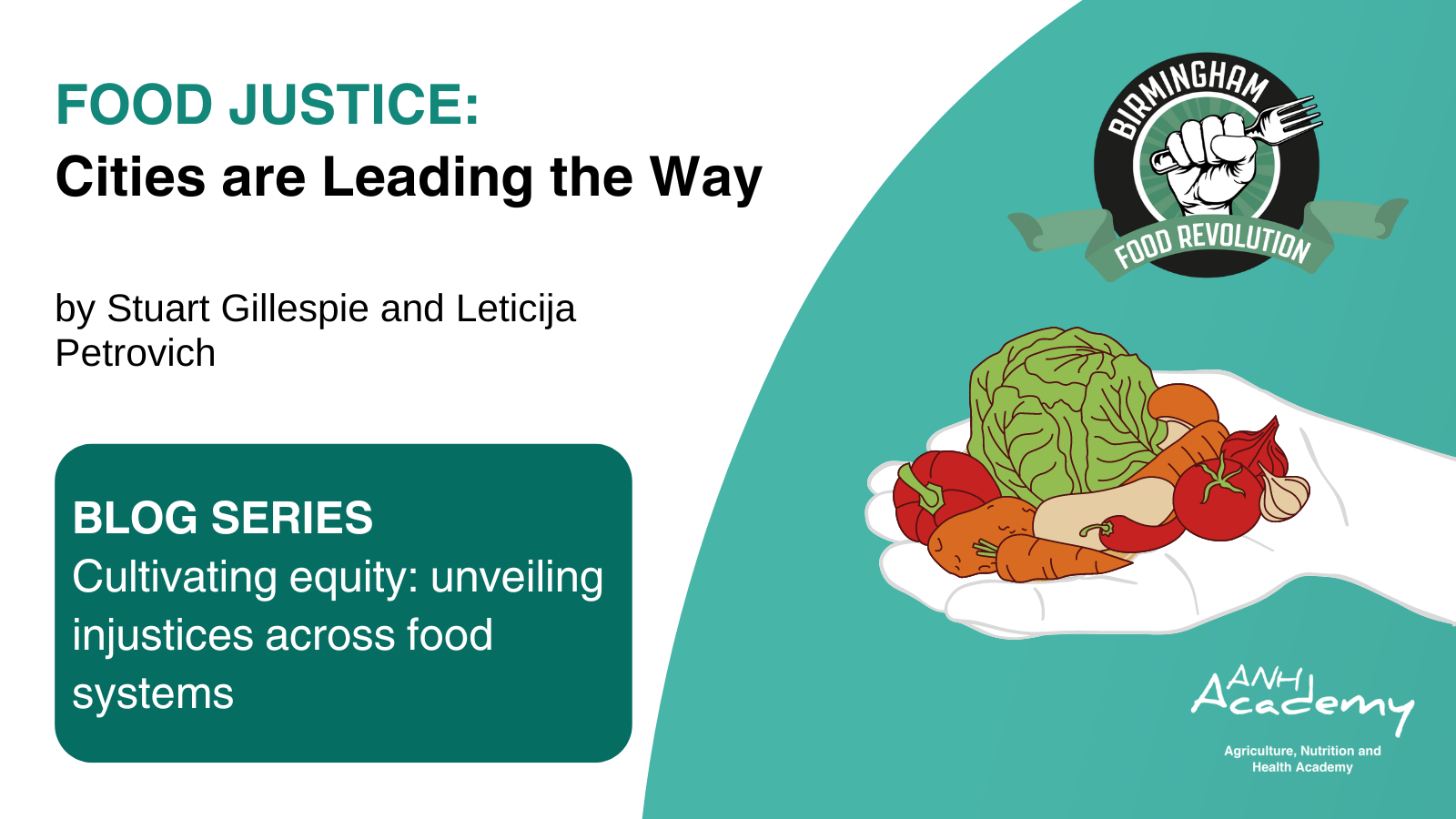The governance of food systems is inherently multisectoral: trade agreements govern the movement of food internationally, trade in food services, trade-related investment in food, commercial intellectual property of traded goods, and behind the border technical measures relating to nutrition. As a result, any nutrition policy measure that addresses food systems, becomes subject to binding trade agreements.
Tensions in trade policy
Trade policy has a direct impact on the food supply – which can be both positive and negative for nutrition. However, in this blog I want to focus on the policy interface between trade and nutrition.
This policy impact can also be positive – for example, trade agreements encourage transparent, evidence based policy development and discourage the use of disguised protectionist measures (i.e. measures that masquerade as nutrition policy but in reality are designed to achieve an import restriction).
However, a major concern is the potential for trade agreements to constrain nutrition policy space and to stifle innovation through the threat of dispute. Nutrition labelling interventions that place requirements on imported foods have been identified as potential ‘technical barriers to trade’ at the WTO. In integrated trade and investment agreements, investor-state dispute settlement mechanisms can enable industry to directly dispute policy measures that negatively impact them, which means that nutrition policy measures that seek to reduce consumption of specific products, and which impact on investors, may be vulnerable to dispute.
Commitments to transparency and regulatory coherence can be in tension with health sector commitments to manage conflicts of interest in food systems policy making, and particularly to place boundaries on industry participation in nutrition policy processes. On the food security side, the temporary Peace Clause of the WTO Agreement on Agriculture has protected certain public procurement and subsidies for food security purposes, but is insufficient to ensure that governments can respond to worsening food insecurity in the current context.
So what can researchers do?
I would suggest there are three key ways that agriculture and nutrition researchers can support better trade policy.
First, monitoring the impact of trade agreements can provide a baseline and information on trends, to inform both policy and advocacy.
Second, generating strong local evidence for nutrition interventions, can support evidence-based policy – and justification in a trade context.
Finally, raising awareness among both health and trade policy makers of the need to protect nutrition policy in trade agreements through engaging in dialogues.
There is a need for action on both sides: for nutrition policy makers to consider trade compliance in making nutrition policy, and for trade policy makers to ensure that policy space for nutrition is protected and promoted by trade agreements.
There is a window of opportunity for trade-health engagement, with growing interest on the trade side in food systems and nutrition; for example, the World Trade Organization (WTO) convened a panel on trade, food systems and nutrition last month. As such, this is a critical time for researchers to engage and raise awareness.






